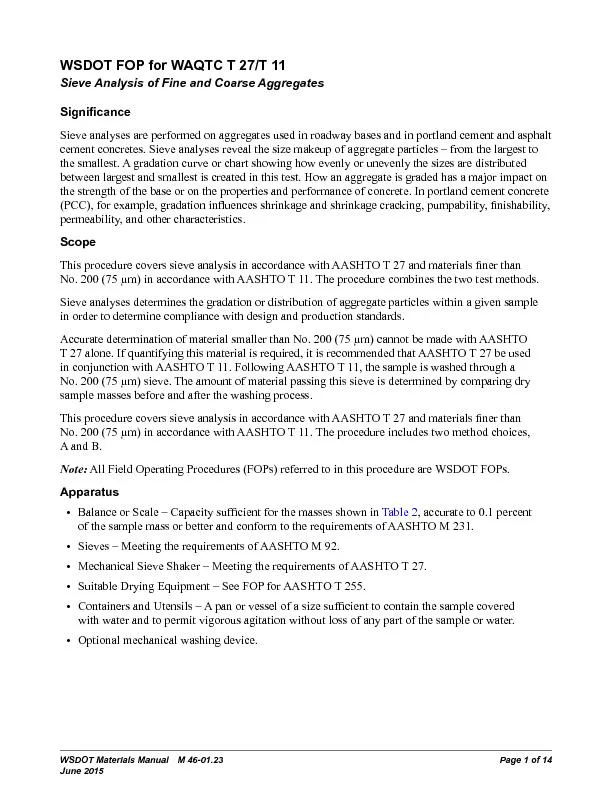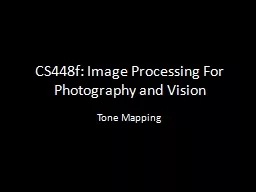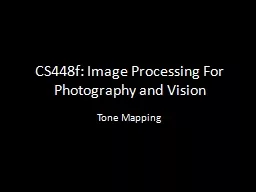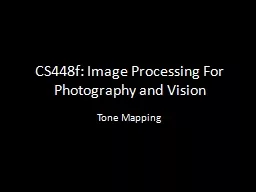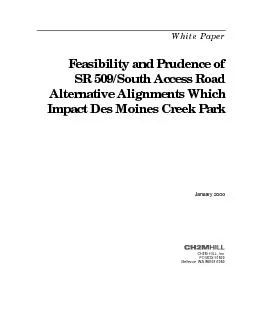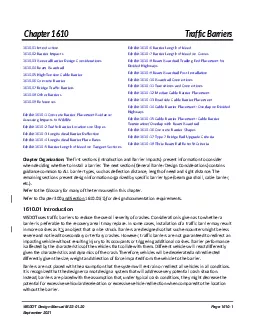PDF-WSDOT FOP for WAQTC T 27/T 11Sieve Analysis of Fine and Coarse Aggrega
Author : pamella-moone | Published Date : 2016-03-07
information required by specix00660069cation The sieves are nested in order of decreasing size from the top the bottom and the sample or a portion of the sample
Presentation Embed Code
Download Presentation
Download Presentation The PPT/PDF document "WSDOT FOP for WAQTC T 27/T 11Sieve Analy..." is the property of its rightful owner. Permission is granted to download and print the materials on this website for personal, non-commercial use only, and to display it on your personal computer provided you do not modify the materials and that you retain all copyright notices contained in the materials. By downloading content from our website, you accept the terms of this agreement.
WSDOT FOP for WAQTC T 27/T 11Sieve Analysis of Fine and Coarse Aggrega: Transcript
Download Rules Of Document
"WSDOT FOP for WAQTC T 27/T 11Sieve Analysis of Fine and Coarse Aggrega"The content belongs to its owner. You may download and print it for personal use, without modification, and keep all copyright notices. By downloading, you agree to these terms.
Related Documents

